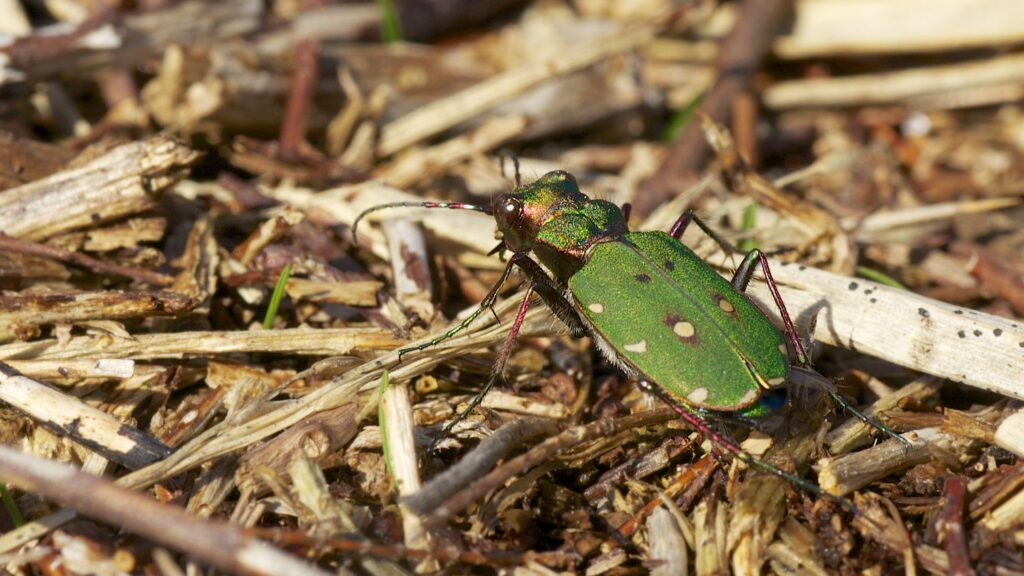In the grand theater of evolution, some of nature’s most remarkable performers have chosen to abandon the skies for the ground. While millions of insects soar through the air with delicate wings, a fascinating group has traded flight for something far more surprising – incredible speed on land. These flightless sprinters have evolved into some of the fastest creatures on Earth relative to their size, racing across desert sands, forest floors, and rocky terrain with breathtaking velocity. Their story challenges everything we think we know about insect evolution and reveals a world where giving up flight became the ultimate advantage.
The Great Trade-Off: Why Some Insects Chose Ground Over Sky

The decision to abandon flight wasn’t made lightly in evolutionary terms. For insects, wings represent freedom, escape routes, and access to food sources that ground-bound creatures can only dream of. Yet some species discovered that staying earthbound offered unexpected rewards.
Ground-dwelling insects found themselves in environments where speed mattered more than altitude. Desert landscapes, rocky crevices, and dense forest undergrowth became perfect hunting grounds for creatures that could outrun their prey rather than out-fly them. The energy typically invested in maintaining flight muscles and wing structures could be redirected toward developing powerful leg muscles and streamlined bodies.
This evolutionary gamble paid off spectacularly. By focusing all their resources on terrestrial locomotion, these insects achieved speeds that would make their flying cousins envious. The trade-off created specialists – creatures so perfectly adapted to running that they redefined what it means to be fast in the insect world.
Tiger Beetles: The Cheetahs of the Insect Kingdom
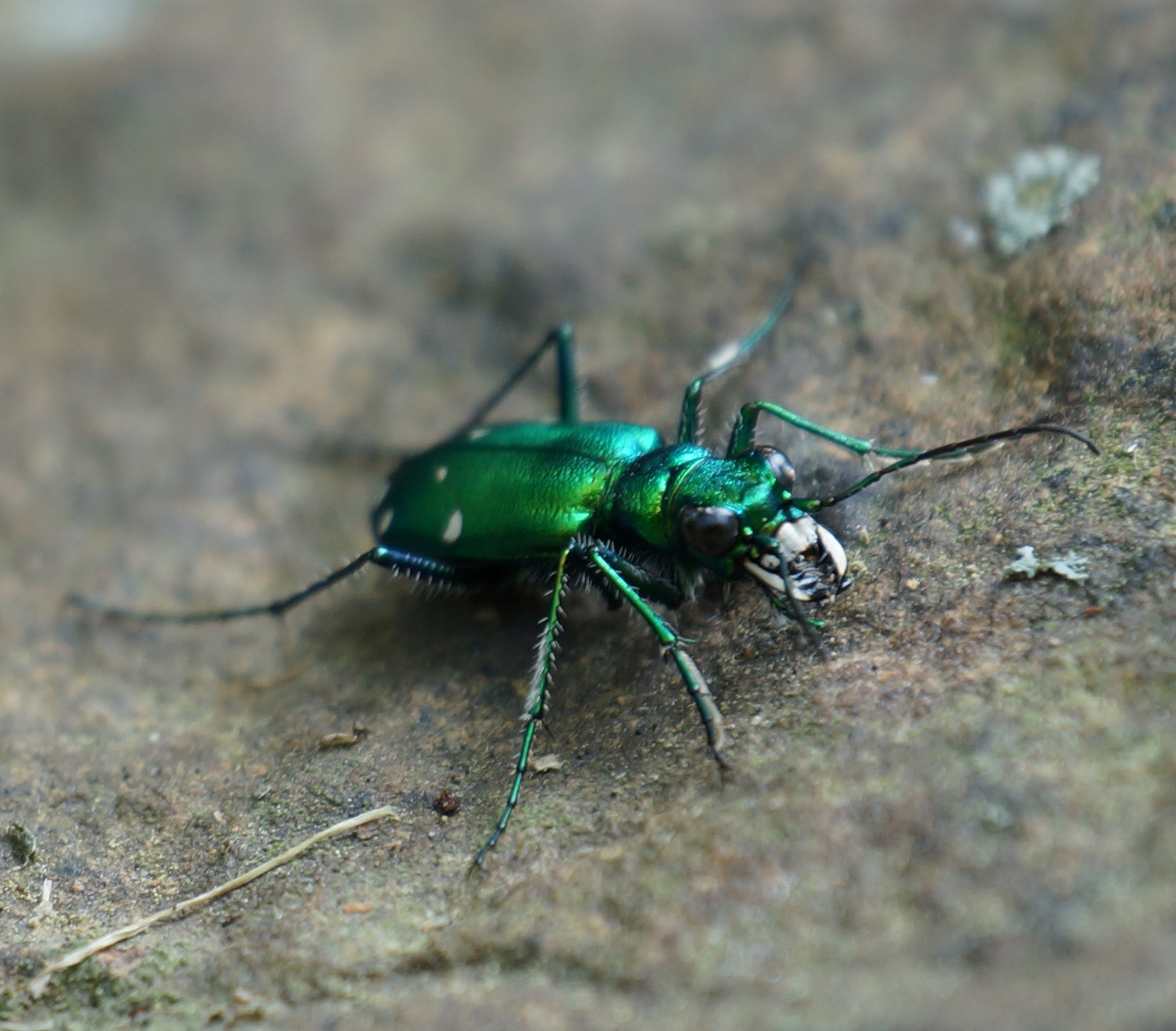
Among the world’s fastest land animals relative to body size, tiger beetles reign supreme as the ultimate speed demons. These metallic-colored hunters can reach speeds of up to 5.6 miles per hour, which might sound modest until you realize they’re only half an inch long. To put this in perspective, if a tiger beetle were the size of a human, it would be running at nearly 480 miles per hour.
Their hunting strategy resembles that of their namesake big cats. Tiger beetles use explosive bursts of speed to chase down prey, often running so fast they temporarily go blind. Their compound eyes can’t process visual information quickly enough at top speed, forcing them to stop periodically to relocate their target.
The secret to their incredible velocity lies in their muscular legs and lightweight exoskeleton. Every aspect of their body design has been optimized for speed, from their aerodynamic shape to their powerful mandibles that can snap shut on prey before it knows what hit it. These insects have essentially become the Formula One cars of the natural world.
Cockroaches: Misunderstood Speed Machines

Despite their reputation as unwelcome house guests, cockroaches deserve recognition as remarkable athletes. The American cockroach can sprint at speeds reaching 3.4 miles per hour, covering 50 body lengths per second. If scaled to human proportions, this would equal running at 200 miles per hour.
What makes cockroaches truly exceptional isn’t just their top speed, but their ability to change direction instantly. They can pivot and accelerate in milliseconds, making them nearly impossible for predators to catch. Their six legs work in perfect coordination, with the back legs providing thrust while the front legs steer and the middle legs maintain balance.
Their speed serves a crucial survival function. In nature, cockroaches face numerous predators, from birds and lizards to spiders and other insects. Their lightning-fast reflexes and sprint capabilities have helped them survive for over 300 million years, making them one of evolution’s most successful stories.
The Physics of Insect Locomotion
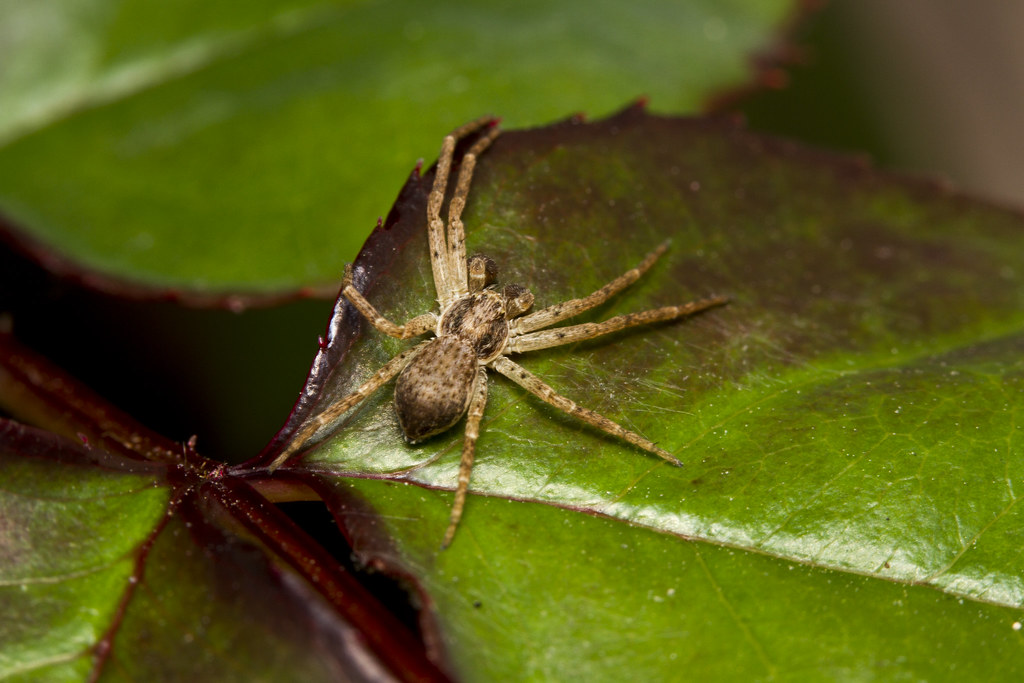
Running at insect scale presents unique physical challenges that mammals never face. At such small sizes, air resistance becomes a significant factor, and the physics of movement operate under different rules. Surface tension from water droplets can trap an insect, while static electricity can literally stop them in their tracks.
Fast-running insects have evolved sophisticated solutions to these microscopic obstacles. Their legs often feature specialized structures that maximize grip while minimizing friction. Some species have developed hydrophobic surfaces that repel water, while others use electrostatic discharge to neutralize charge buildup.
The mechanics of their movement also differ dramatically from larger animals. Instead of the pendulum-like gait of mammals, running insects often use a tripod gait, where three legs touch the ground while three are in the air. This provides maximum stability while maintaining continuous forward momentum.
Ant Adaptations: When Colonies Need Speed
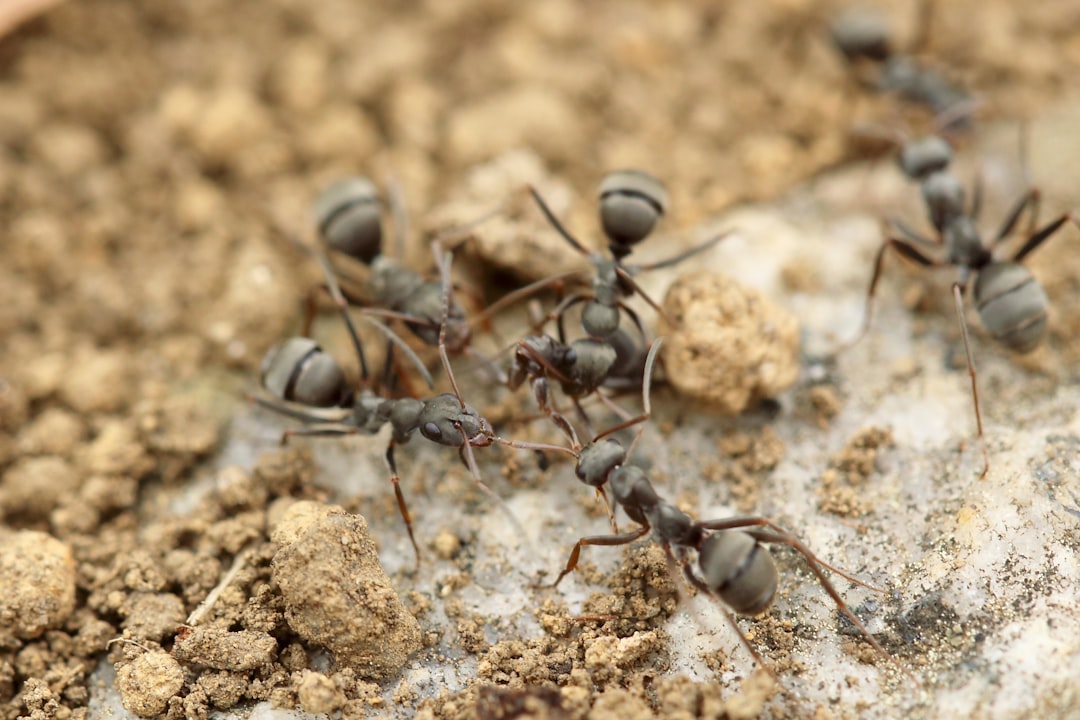
Not all fast-running insects are solitary hunters. Some ant species have evolved remarkable speed to serve their colonies more effectively. Desert ants, for instance, must race across scorching sand to gather food before the heat becomes lethal. Their long legs keep their bodies elevated above the burning surface while their speed minimizes exposure time.
Saharan silver ants hold the record among ants, reaching speeds of 3.2 feet per second. These metallic insects sprint across sand dunes in temperatures that would kill most other creatures, their silvery coating reflecting deadly solar radiation. They navigate using polarized light patterns and can remember their exact route home across seemingly identical dunes.
Army ant species use speed differently, coordinating massive raids where thousands of individuals move in synchronized waves. Their ability to maintain high speeds while carrying prey many times their own weight demonstrates the incredible efficiency of their muscular and nervous systems.
Environmental Pressures That Shaped Lightning Reflexes

The evolution of high-speed running in flightless insects wasn’t random – it was driven by intense environmental pressures. Open habitats like deserts, grasslands, and beaches provided the perfect evolutionary laboratory for developing speed. In these exposed environments, there’s nowhere to hide, making speed the ultimate survival tool.
Predator pressure played a crucial role in this evolutionary arms race. Fast-running insects had to outpace not just slow-moving threats, but other speedy predators including spiders, lizards, and even other insects. This created a feedback loop where only the fastest individuals survived to reproduce, gradually increasing the speed capabilities of entire populations.
Climate factors also influenced the development of running abilities. In desert environments, the ability to quickly move between shade and cover meant the difference between life and death. Species that could traverse hot surfaces rapidly gained access to resources unavailable to slower competitors.
Body Architecture: Built for Speed
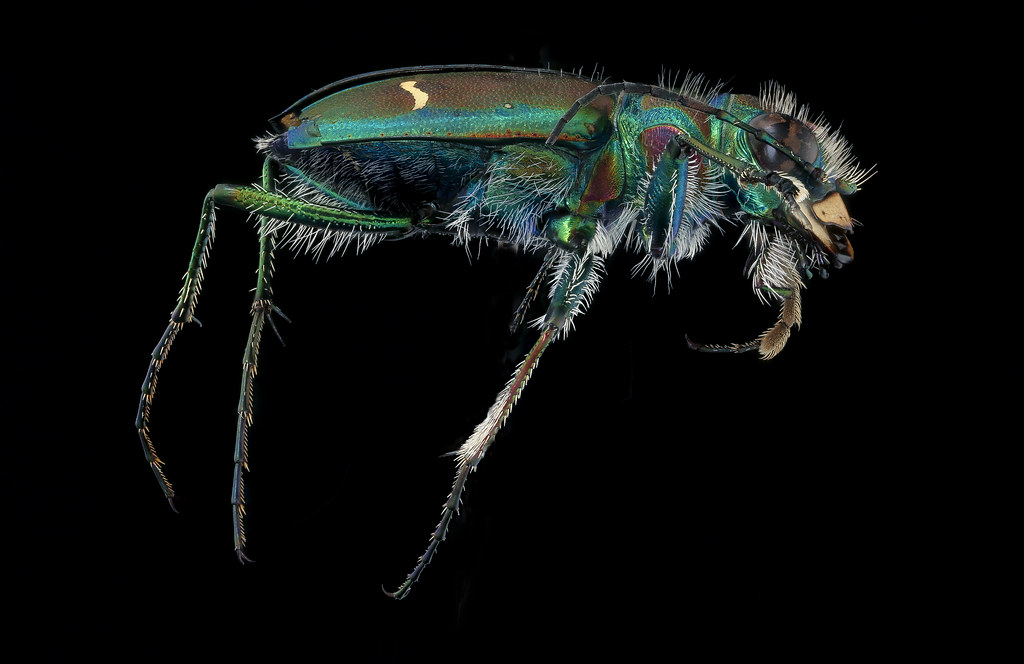
The anatomy of fast-running insects reveals nature’s engineering genius. Their bodies are masterpieces of lightweight construction, with hollow exoskeletons that provide strength without excess weight. Every unnecessary feature has been eliminated or reduced to maximize speed potential.
Leg proportions in these insects follow specific mathematical ratios that optimize stride length and frequency. Longer legs provide greater stride length, while powerful muscles enable rapid leg turnover. The positioning of leg joints creates mechanical advantages that amplify muscle power, similar to the gear systems in bicycles.
Their respiratory systems also show speed adaptations. Enhanced tracheal networks deliver oxygen more efficiently to working muscles, while specialized spiracles can be sealed during high-speed runs to prevent debris entry. Some species even have enlarged hearts to pump hemolymph more effectively during intense activity.
Sensory Systems: Navigation at Breakneck Speed
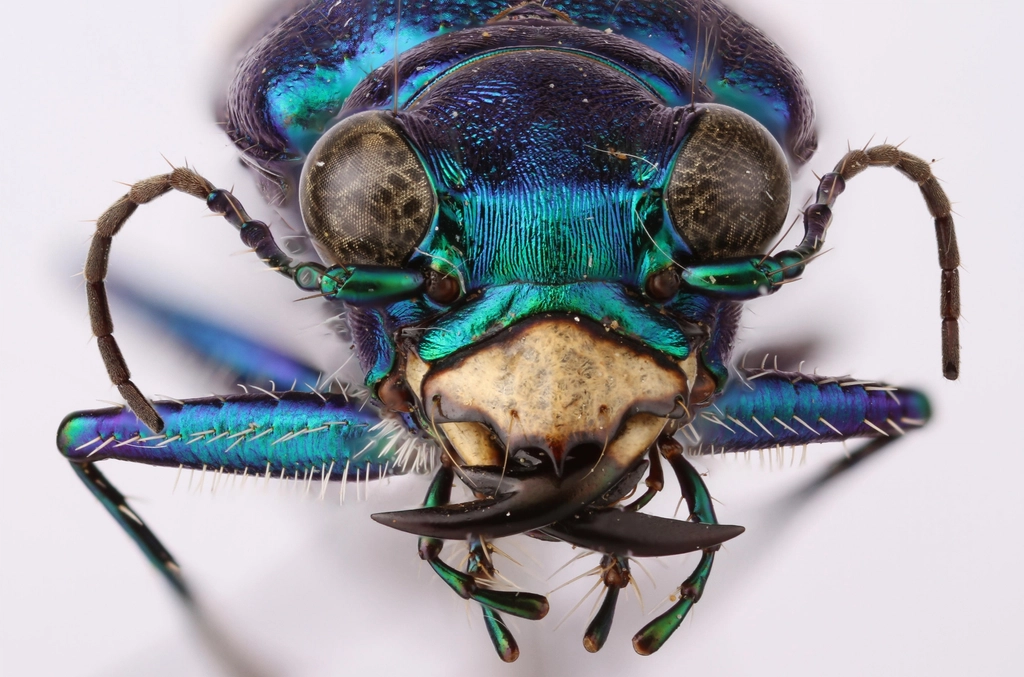
Running at extreme speeds requires extraordinary sensory capabilities. Fast insects have evolved enhanced compound eyes that can process visual information at incredible rates. Their eyes often contain more ommatidia (individual light-detecting units) than slower relatives, providing higher resolution and faster processing.
Many species rely on specialized mechanoreceptors that detect ground vibrations and air currents. These sensors provide crucial feedback about terrain changes and approaching obstacles, allowing for split-second course corrections. Some insects can even detect the wingbeats of flying predators and respond before the threat becomes visible.
Navigation systems in these insects rival those of migratory birds. They use polarized light patterns, landmark recognition, and even magnetic fields to maintain accurate directional movement. Desert-dwelling species have internal compasses that help them navigate vast, seemingly featureless landscapes while running at top speed.
Energy Economics: Fueling the Need for Speed

High-speed locomotion demands enormous energy expenditure, creating unique metabolic challenges for running insects. Their muscle cells contain exceptionally high concentrations of mitochondria, the cellular powerhouses that generate energy. Some species can increase their metabolic rate by over 100 times during sprint activities.
Fuel storage and utilization strategies vary among different species. Some rely on carbohydrates for immediate energy bursts, while others use fat reserves for sustained running. Desert species often store extra energy to survive extended periods without food while maintaining their ability to make high-speed foraging runs.
Recovery mechanisms are equally impressive. Fast-running insects can clear metabolic waste products from their muscles rapidly, allowing for repeated sprint performances with minimal rest periods. This capability is essential for species that must make multiple high-speed escapes or hunting runs throughout the day.
Evolutionary Convergence: Similar Solutions Across Different Lineages

The evolution of high-speed running has occurred independently multiple times across different insect groups, creating remarkable examples of convergent evolution. Beetles, ants, cockroaches, and other insect orders have all produced speed specialists, yet they’ve arrived at surprisingly similar solutions to the challenges of terrestrial locomotion.
Common features include elongated legs, streamlined body shapes, and enhanced sensory systems. However, each group has also developed unique innovations. Tiger beetles evolved their distinctive hunting pause behavior, while desert ants developed heat-resistant proteins that function at extreme temperatures.
This convergent evolution demonstrates that speed is such a valuable survival trait that natural selection repeatedly favors it across different lineages. The consistency of these adaptations across unrelated species provides strong evidence for the importance of high-speed locomotion in certain ecological niches.
Comparative Analysis: Insects vs Other Speed Champions
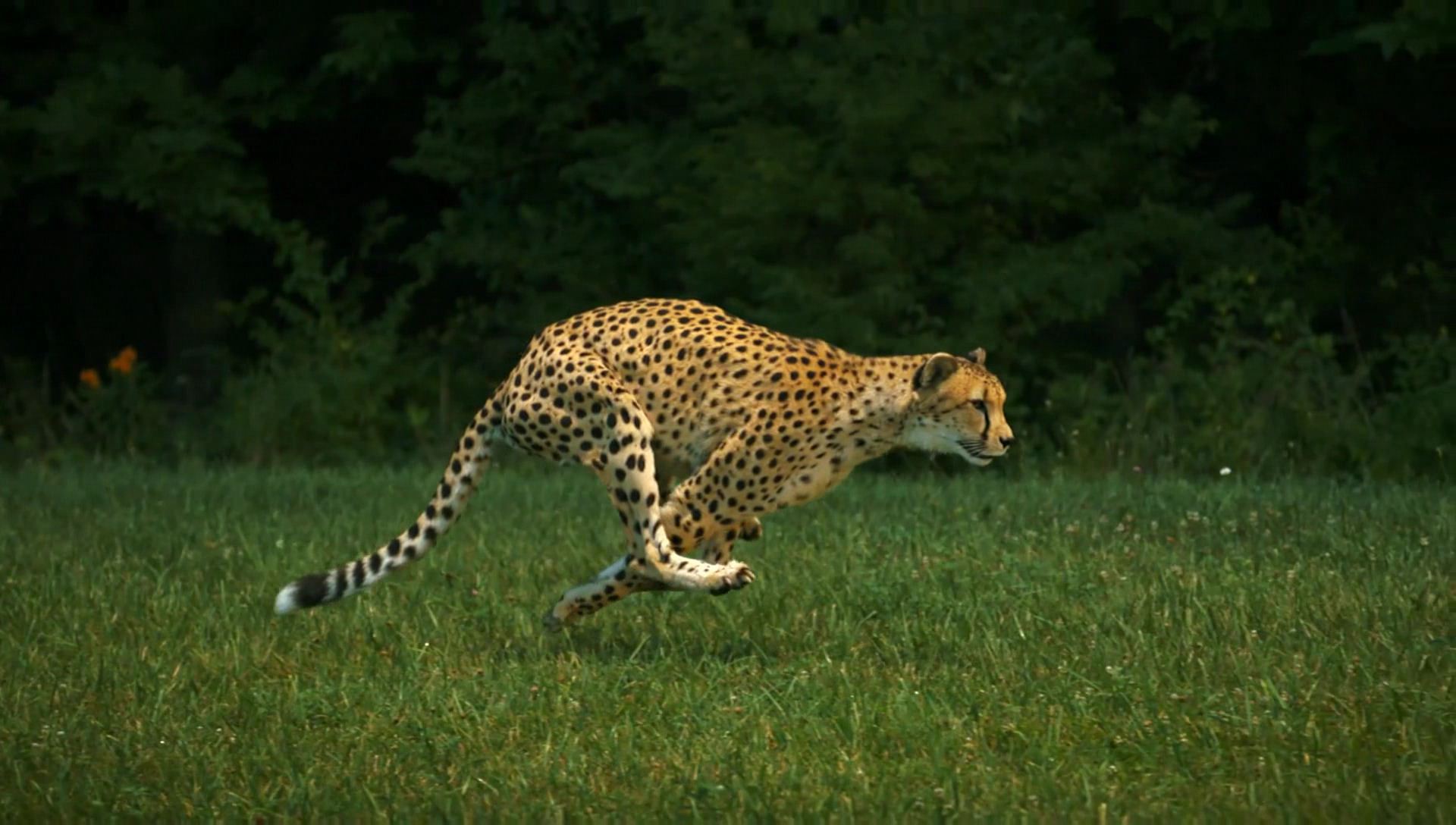
When comparing insect running speeds to other animals, size scaling becomes crucial for fair comparison. While a cheetah can reach 70 miles per hour, it covers only about 16 body lengths per second. Tiger beetles, covering 125 body lengths per second, are proportionally much faster than any large mammal.
The biomechanical constraints differ dramatically between insects and vertebrates. Insects don’t have internal skeletons to limit their flexibility, allowing for more efficient energy transfer through their bodies. Their exoskeletons also serve dual purposes as both protection and structural support for muscle attachment.
Insect nervous systems, while simpler than those of mammals, can actually process movement commands faster due to shorter neural pathways. This gives them reaction time advantages that help compensate for their smaller size when evading predators or catching prey.
Modern Research: Uncovering the Secrets of Insect Speed

Recent technological advances have revolutionized our understanding of insect locomotion. High-speed cameras capable of recording thousands of frames per second have revealed previously invisible details of how these creatures achieve their remarkable speeds. Researchers can now analyze leg movements, body flexion, and even individual muscle contractions during sprint activities.
Biomechanical modeling has helped scientists understand the physical principles governing insect movement. Computer simulations reveal how factors like leg length, muscle placement, and body mass distribution affect running performance. These models are even inspiring the design of miniature robots that mimic insect locomotion.
Genetic studies are beginning to identify the molecular basis for speed adaptations. Researchers have discovered specific gene variants associated with enhanced muscle performance and faster neural processing in speed-adapted insects. This genetic approach may eventually reveal the complete evolutionary pathway from slow-moving ancestors to today’s speed demons.
Ecological Roles: How Speed Shapes Ecosystems

Fast-running insects play crucial ecological roles that extend far beyond their individual survival. As predators, they help control populations of slower insects and other small arthropods. Their hunting activities can significantly impact the distribution and behavior of prey species within ecosystems.
Many species serve as important pollinators despite their flightless nature. Ground-dwelling bees and other insects can visit flowers more efficiently than flying species in certain environments, transferring pollen as they race between plants. Their speed allows them to visit more flowers per unit time, making them highly effective pollinators.
As prey items themselves, fast-running insects support numerous predator species. Birds, lizards, and spiders have evolved specialized hunting techniques to catch these speedy targets. The predator-prey dynamics involving fast insects create complex ecological relationships that influence entire food web structures.
Conservation Implications: Protecting Speed Specialists
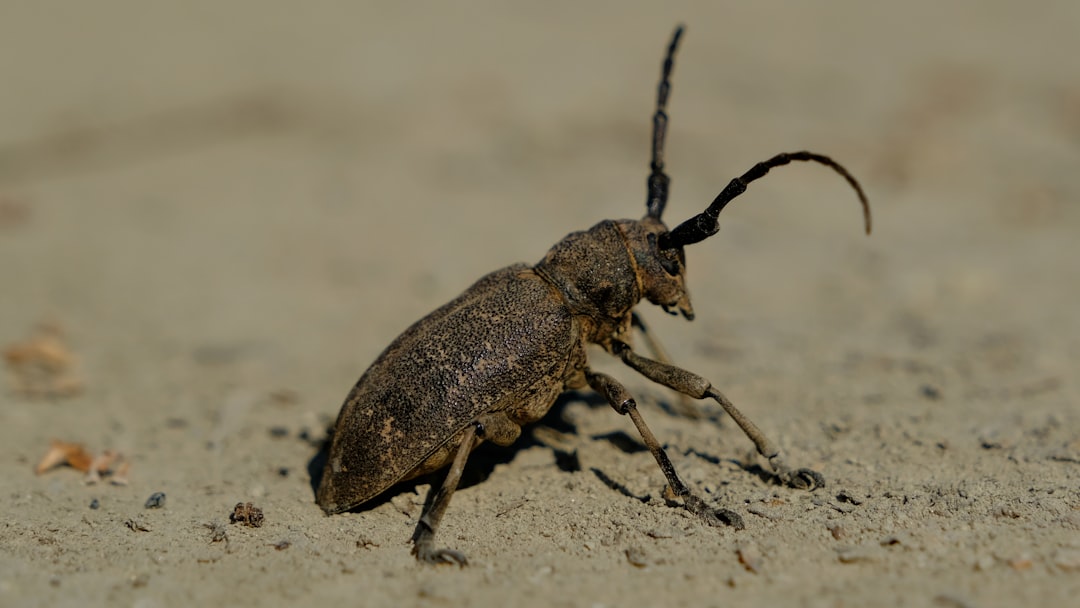
Many fast-running insect species face unique conservation challenges. Their specialized habitat requirements make them particularly vulnerable to environmental changes. Desert species, for example, need specific substrate conditions for optimal running performance and may struggle to adapt to altered landscapes.
Climate change poses significant threats to these insects. Rising temperatures can push desert species beyond their thermal tolerance limits, while changing precipitation patterns affect the soil conditions necessary for high-speed locomotion. Some species may lose their speed advantages as their specialized habitats disappear.
Conservation efforts must consider the specific needs of these remarkable creatures. Protecting the open habitats they require and maintaining the ecosystem processes that created their specialized niches will be crucial for their long-term survival. Their loss would represent not just a reduction in biodiversity, but the elimination of some of nature’s most extraordinary evolutionary achievements.
The Future of Speed: What Evolution Holds Next

The evolutionary story of fast-running insects continues to unfold. Current environmental pressures, including habitat fragmentation and climate change, are creating new selective forces that may drive further adaptations. Some species may evolve even greater speeds, while others might develop new strategies that balance speed with other survival needs.
Human activities are inadvertently creating new evolutionary laboratories for these insects. Urban environments, agricultural landscapes, and other human-modified habitats present novel challenges that may favor different types of locomotor adaptations. We may be witnessing the early stages of new evolutionary trajectories in real time.
Advances in genetic engineering and synthetic biology raise intriguing questions about the future of insect locomotion. While ethical considerations make direct manipulation unlikely, understanding the genetic basis of speed could help in conservation efforts or inspire new technologies. The secrets of insect speed may hold keys to innovations we haven’t yet imagined.
Conclusion
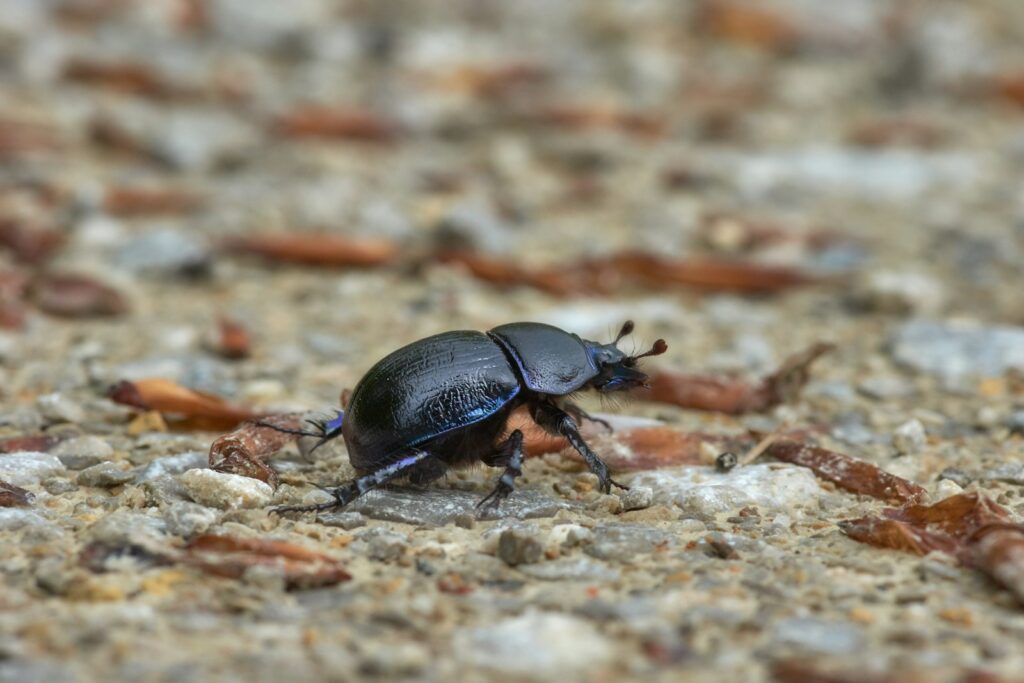
The remarkable world of flightless, fast-running insects challenges our assumptions about evolution and adaptation. These tiny speed demons have mastered the art of terrestrial locomotion in ways that continue to amaze and inspire researchers. Their evolutionary journey from aerial to terrestrial demonstrates nature’s incredible ability to find innovative solutions to survival challenges. As we face an uncertain environmental future, these resilient creatures remind us that evolution’s creativity knows no bounds. What other surprises might be racing toward us at speeds we can barely imagine?

